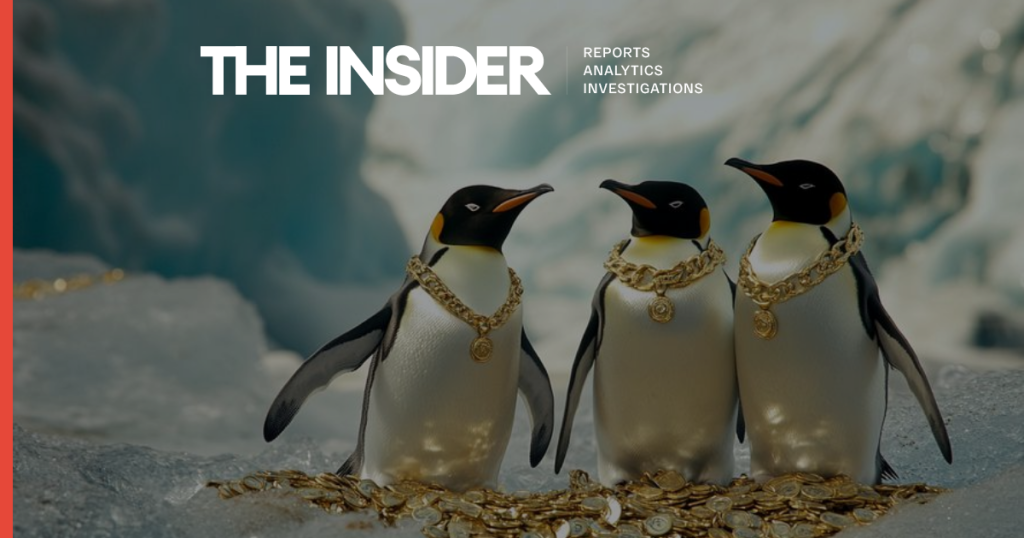A Deep Dive into the Matryoshka Disinformation Campaign: Unmasking a Sophisticated Network of Lies Targeting Ukraine
In the ever-evolving landscape of online disinformation, a sophisticated and alarming campaign known as "Matryoshka" has emerged, weaving a complex web of fabricated narratives aimed at discrediting Ukraine and undermining international support for its defense against Russian aggression. This campaign, first identified in September 2023 by the Bot Blocker project, leverages a network of compromised social media accounts, advanced artificial intelligence, and even the unwitting amplification of high-profile figures like Elon Musk, to spread its insidious messages far and wide. The campaign represents a significant escalation in the information war surrounding the conflict, demonstrating a new level of sophistication and reach.
The Matryoshka campaign distinguishes itself through its multi-layered approach. At its core lies a network of predominantly dormant or stolen social media accounts, particularly on X (formerly Twitter). These resurrected accounts, often years old, provide a veneer of legitimacy to the disinformation being disseminated. The posts are then artificially amplified by hundreds of other accounts known for disseminating paid content, ranging from innocuous advertisements to politically charged propaganda, often of Chinese origin. This coordinated amplification network creates the illusion of organic engagement, making the false narratives appear more credible to unsuspecting users.
The disinformation propagated by the Matryoshka network spans a range of fabricated stories designed to sow discord and erode trust in Ukraine. Recent examples include false claims that Ukrainian billionaires have siphoned off U.S. military aid through shell companies registered on uninhabited islands; fabricated statements attributed to Ukrainian military officials calling for the removal of former U.S. President Donald Trump; and invented accusations of incompetence leveled against Trump and his administration by Ukrainian government figures. These narratives, while demonstrably false, are carefully crafted to exploit existing political divisions and fuel pre-existing biases, maximizing their potential impact.
One of the most concerning aspects of the Matryoshka campaign is its ability to hijack the reach of influential social media personalities. In a striking example of this phenomenon, Elon Musk, owner of X and possessor of an account with over 200 million followers, inadvertently amplified a Matryoshka-generated video containing false allegations against USAID. The video, which falsely claimed that the agency was using taxpayer money to fund trips for celebrities to Ukraine, rapidly gained over 13 million views thanks to Musk’s repost, making it the most viral instance of Kremlin-backed disinformation to date. This incident underscores the vulnerability of even the most discerning online users to sophisticated disinformation campaigns and highlights the devastating consequences of unintentional amplification.
The technical sophistication of the Matryoshka campaign extends beyond the manipulation of social media platforms. The campaign has also employed advanced AI technology to create deepfake videos featuring cloned voices of prominent scientists. In one instance, fabricated videos featuring these cloned voices were used to promote the narrative that Ukraine should surrender to Russia. The University of Bristol confirmed the use of AI voice cloning after one of its professors was featured in a manipulated video. This use of cutting-edge technology represents a disturbing trend in disinformation tactics, making it increasingly difficult to distinguish between authentic content and fabricated narratives.
While the Matryoshka accounts themselves are often short-lived, suspended quickly after being flagged, the damage they inflict can be lasting. The rapid spread of disinformation, amplified by unsuspecting users and even high-profile figures, makes debunking efforts challenging. In the case of the USAID video shared by Musk, the celebrities falsely implicated were forced to publicly refute the claims, highlighting the burden placed on individuals to counter the spread of fabricated narratives. The ongoing investigation into the Matryoshka campaign points towards Russia as the likely perpetrator. European intelligence agencies, including the French government agency Viginum, have linked the campaign to Russian-language Telegram channels, where the disinformation often originates. Analysis of these channels has revealed telltale signs of coordinated disinformation efforts, including high rates of copy-pasting and a marked increase in the volume of fake content coinciding with the emergence of the Matryoshka campaign in September 2023. This evidence strengthens the growing consensus that the campaign is part of a broader Russian effort to manipulate the information landscape and influence public opinion regarding the war in Ukraine. The Matryoshka campaign serves as a stark reminder of the evolving nature of disinformation and the urgent need for robust strategies to counter its insidious spread. As the lines between authentic content and fabricated narratives blur, the ability to critically evaluate information and identify disinformation becomes increasingly crucial in safeguarding the integrity of online discourse.


